Have you ever wondered why in English there’s a word for cow and a different word for its meat, beef? Or that there’s pig and pork, deer and venison, and calf and veal? And what does this have anything to do with one of London’s most iconic buildings? For this reason, we need to go back in time nearly 1,000 years to learn some little-known facts about the Tower of London.
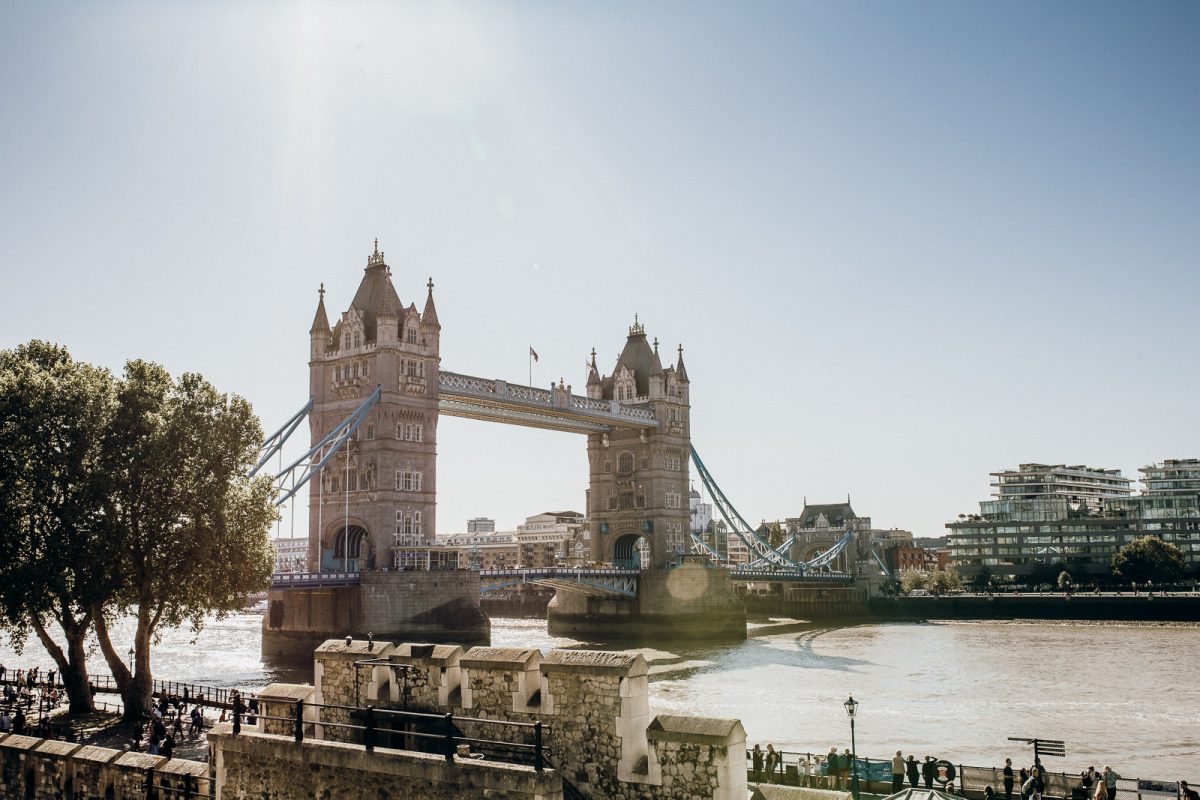
1. Who controls the tower, controls the country
And they often did so at the Tower of London. This, after all, was William the Conqueror’s residence. Throughout the history of England, whoever controlled the Tower of London, controlled the rest of the country. The Tower is a symbol of the division between the English elite in history and the rest of the people, the hoi polloi.
Though William began having the tower built in 1066, it wasn’t completed until 1078. Previous to the 11th century, Norman castles were made of wood. The Tower of London is one of the first Norman fortresses to be made of stone. The White Tower, the main structure that dominates the whole complex, was the earliest stone keep in all of England.
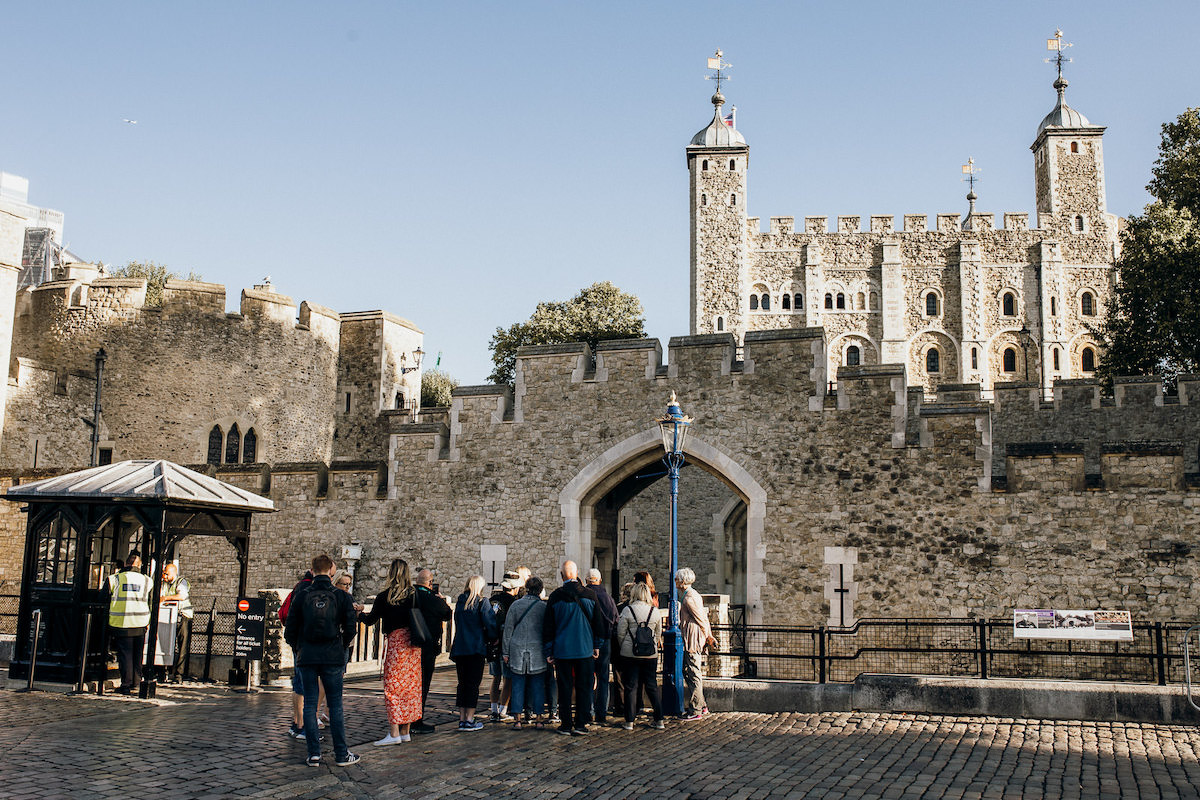
The common people viewed the tower as a symbol of oppression—as they were now ruled over by a foreign king—and resented its presence.
It’s understandable why. Starting in 1100, part of the Tower of London became a prison. And amazingly, it remained a prison until 1952. Anyone who was a national security threat was imprisoned in the tower. During the 20th century, German spies were jailed here. The last prisoners to spend time in the Tower were the Kray brothers in 1952, identical twins who were involved in organized crime. And even though the tower has an ominous reputation, only seven people were actually executed here before the 20th century.
In addition to a prison, the Tower of London has also served as the Royal Mint, a public record office, a treasury, and an armory. It’s also home to the Crown Jewels of England.
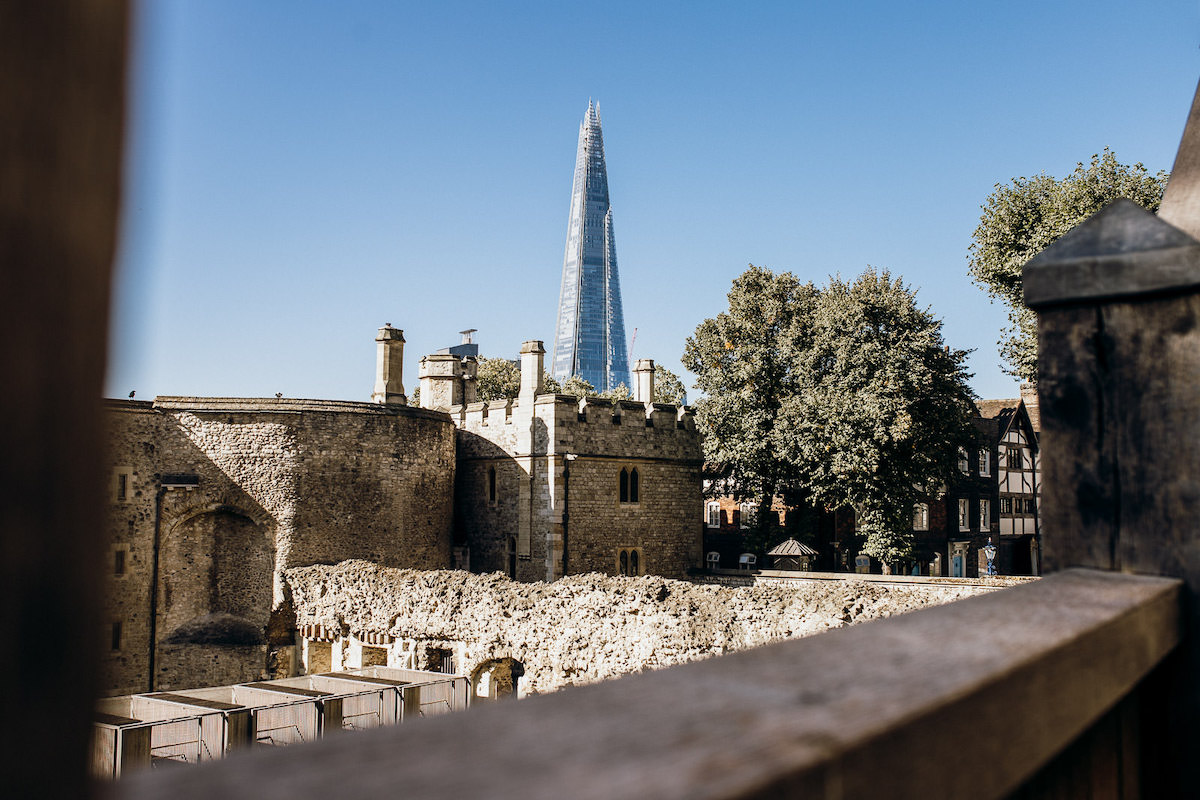
2. It’s a zoo in there!
The Tower of London also became the world’s first zoo. The Royal Menagerie was the first collection of exotic animals, an assemblage of beasts from Africa, Australia, and Asia—many of them arriving as gifts to the royal family. If you worked at the tower, it was not unusual to see a giraffe strolling around the grounds.
In 1835, though, the animal show came to an end. The Duke of Wellington shut down the menagerie and moved all the animals to Regent’s Park, which later became the London Zoo.
Today the only animals in the Tower of London are the famous ravens, which have a lore all their own. And they’re even protected by royal decree. Charles II once insisted that the ravens should be removed and he was told that the monarchy will fall if the ravens leave the Tower. Today the ravens are taken very good care of by a person whose job is actually called “Raven Master.”
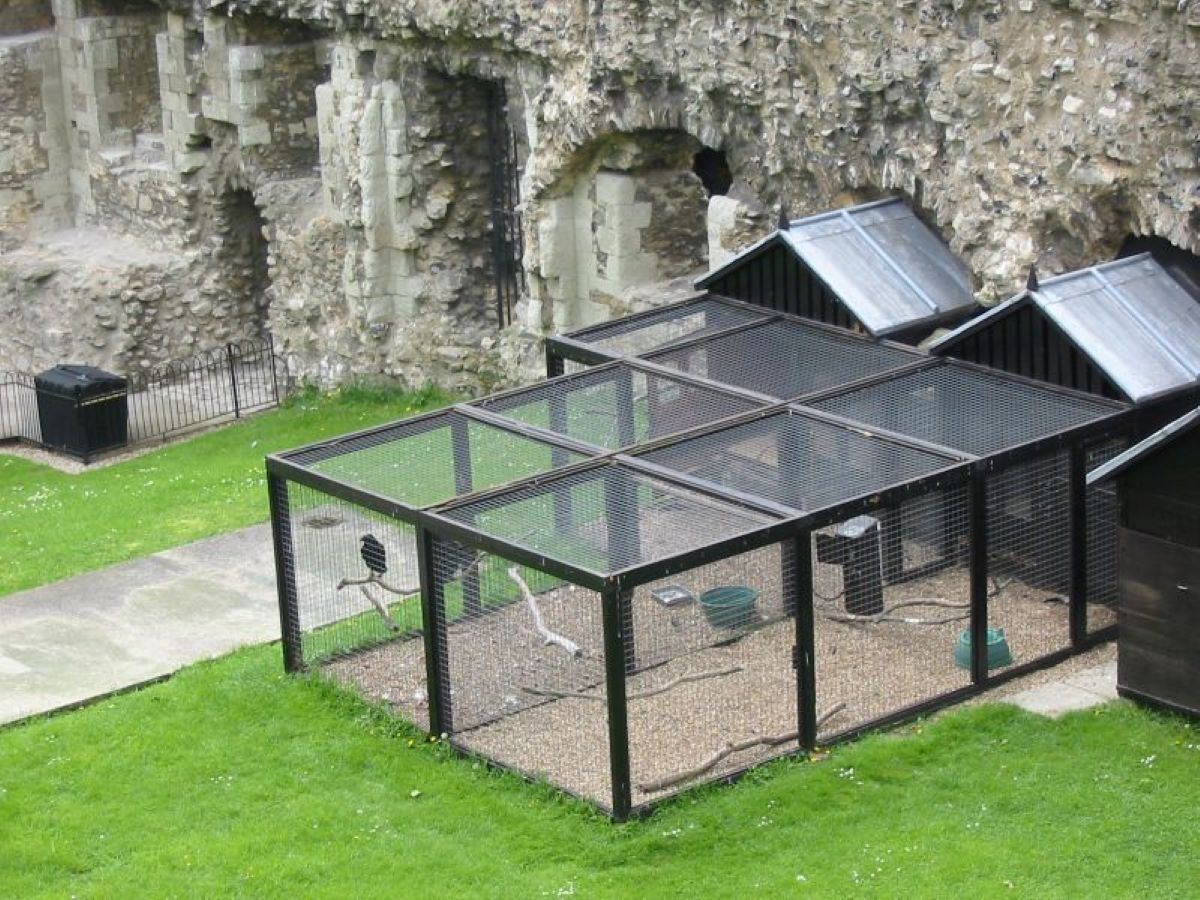
3. Royal tragedies, royal mysteries
The tower has not escaped its share of drama. In fact, you could say it attracted it. During the Wars of the Roses, for example, Henry VI was murdered in 1471. Twelve years later, the children of Edward IV mysteriously disappeared while within the tower complex.
About two centuries later, two human skeletons were found. In 1933, now with better technology, the bones were tested and it was concluded that the skeletons were that of two male children, approximately aged 10 and 12, the same ages as the boys who disappeared in the 15th century. To this day, it’s been said that there are two child-ghosts who haunt the tower.
The chapel within the complex is the burial place of a few famous prisoners who once spent a share of time here: three queens of England, Jane Grey, Catherine Howard, and Anne Boleyn. All were executed here.
Insider’s tip: Don’t have a lot of time to explore the tower on your own? Why not check out our VIP Tower of London Tour? In just under three hours, you’ll get a unique tour of the tower’s most fascinating sites while a knowledgeable guide tells you all about its long history.
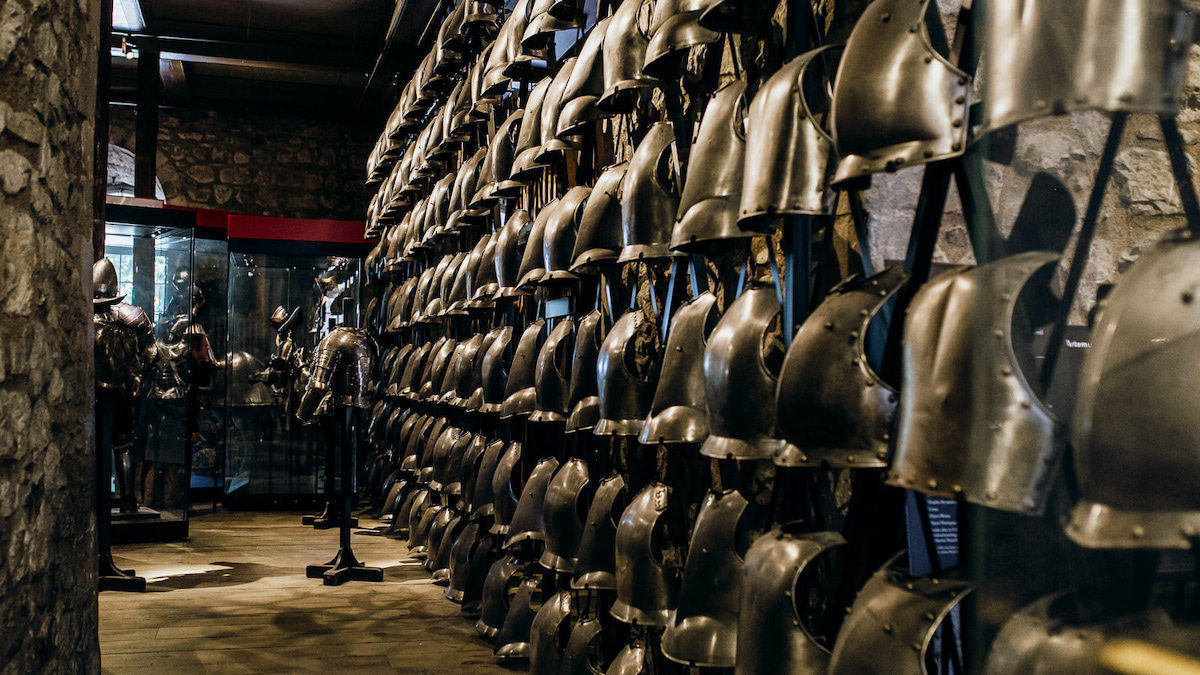
4. Where’s the beef?
The constant presence of the guys in the extravagant red and black uniforms are the Yeoman Warder. They’re also known as Beefeaters and they’re the official guardians of the Tower of London. The Crown Jewels are housed here and so this group of ex-military personnel promise to keep them safe. When the grounds were also a prison, they looked after the prisoners as well.
The name “Beefeater” comes from the fact that Henry VII, hoping to keep his guards happy, allowed them to eat beef from the king’s table. And as much as they wanted.
The Beefeaters there today have more of a ceremonial duty. They stand around looking official but also are there to answer questions from curious visitors and tourists. Their uniforms, by the way, are not cheap: it has been estimated that they cost £7,000 (or $5,500) each.
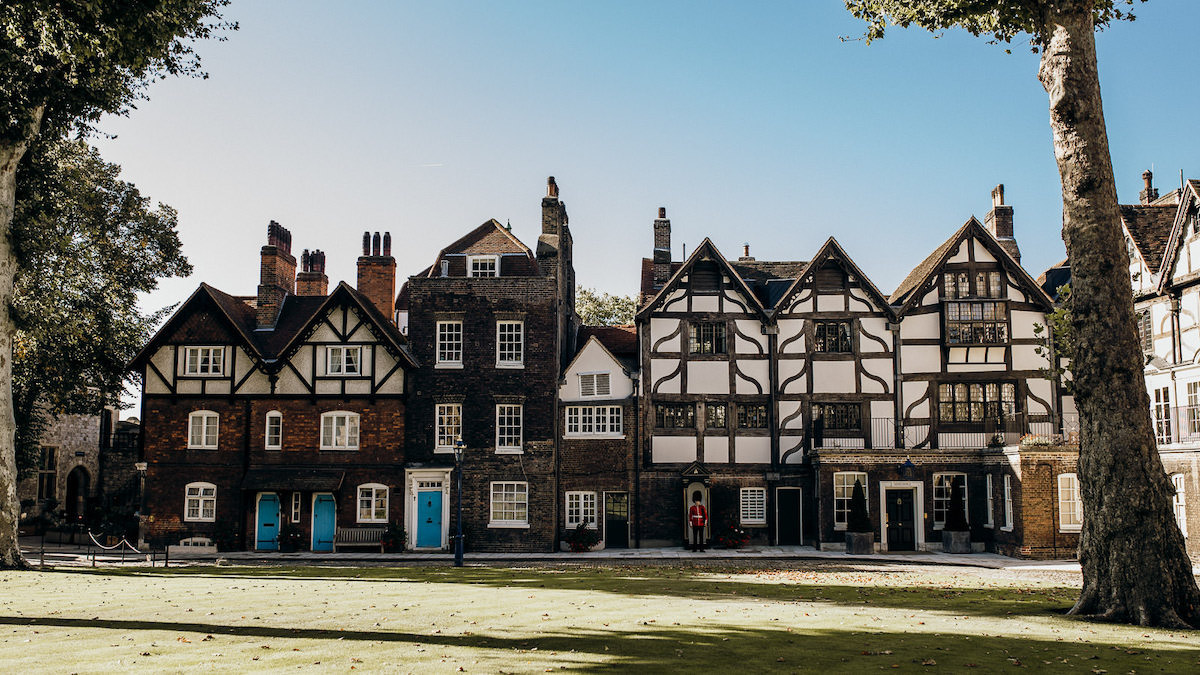
5. Close the gate, pour the pint
As you can see, tradition is taken very seriously at the Tower of London, and one of its most long-standing rituals is the Ceremony of the Keys. For over 700 years, the Beefeaters have locked the tower gates at precisely 9:52 PM every night. Once the ceremony has been completed, some of the Beefeaters, who live at the tower with their families, perform another long-standing British tradition: they hit up their favorite pub.
Yes, inside the walls of the Tower of London is a secret pub called the The Keys. Formerly known as the Yeoman Warders Club until recently, the loyal guards have been enjoying cold pints here for over 150 years. Unfortunately for us regular folk, the pub is only open to the resident Beefeaters, who take turns as barman for two-week periods.
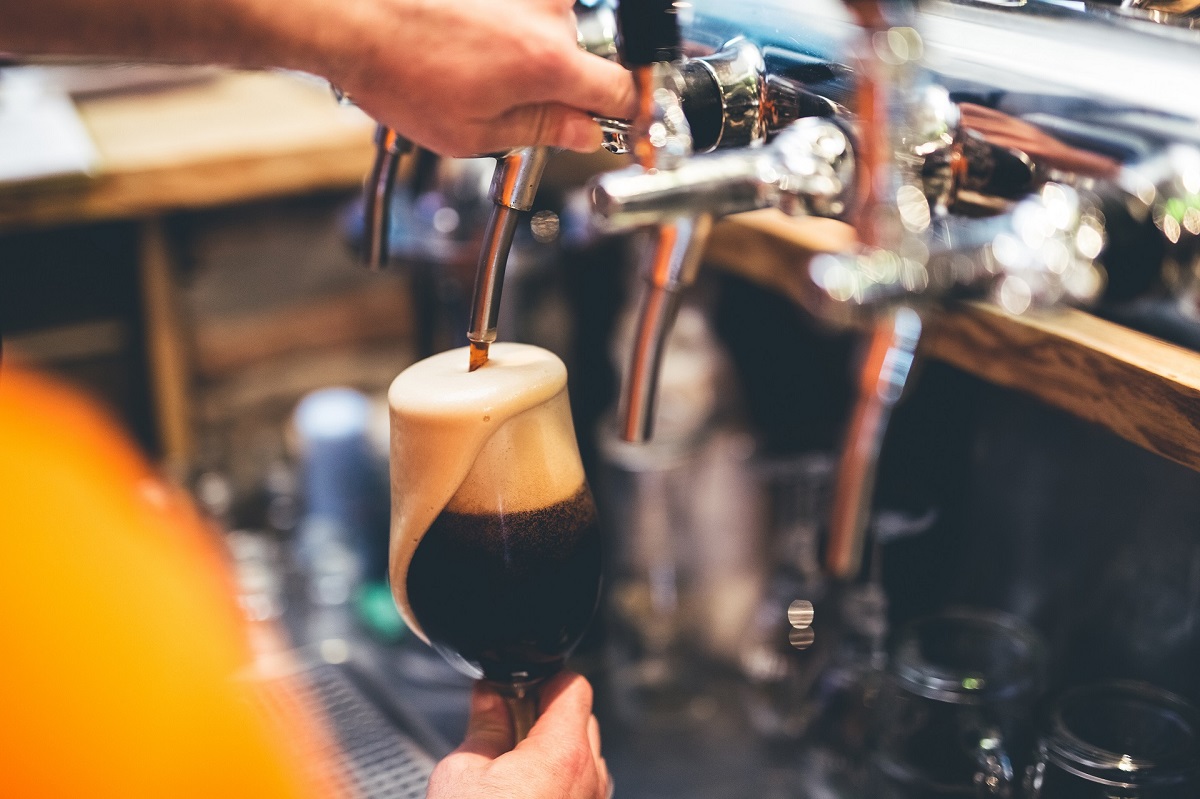
Let’s go back in History
On October 14, 1066, an army led by the French-speaking Duke of Normandy marched through southern England until they met with the army of Harald Hardrada, the King of Norway at Hastings. Hardarada perished in the conflict and the Duke of Normandy and his army went on to defeat the other side. This eventually elevated the Duke to the throne of England. Today he’s known as William the Conqueror.
King William, who would take the name William I, immediately began building one of the most iconic structures in England today: officially it’s called His Majesty’s Royal Palace and Fortress of the Tower of London, or better known just as the Tower of London.
The 1066 Battle of Hastings proved to be a history-changing moment in the history of England and, in many ways, the history of the world. French would become the language of the elite in England and the language of the King of England for centuries to come. Hence the reason today there are different words for animals and the meat they produce—the French-speaking aristocrats were the only people who could afford to eat meat.
FAQ: Visiting the Tower of London
1. Is it worth taking a tour of the Tower of London?
Absolutely! Taking a tour is highly recommended for exploring the Tower efficiently—especially if you’re short on time. One insider tip for maximizing your visit is to book a VIP Tower of London Tour, which covers the site’s most fascinating areas with a knowledgeable guide in just under three hours.
2. What types of tours are available?
There are a variety of tours to choose from, including bundled options for added value. For instance, the Tower of London Tour with Crown Jewels & Thames River Cruise combines history and sightseeing for an unforgettable experience. These tours are great for visitors who want to learn more in-depth facts and stories about the Tower.
3. Where can I find the best tours of the Tower of London?
You can easily find and book top-rated tours through the official tour services. These tours consistently receive high reviews and are a great way to experience this must-see historic site.
Update Notice: May 5, 2025
Certainly one of London’s most historic sites, a trip to the Tower of London is a must when in this beautiful city. If you’d like to learn more facts about the Tower of London, make sure to check out one of our many tours, including a Tower of London Tour with Crown Jewels & Thames River Cruise and more.
